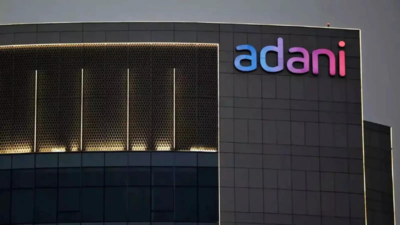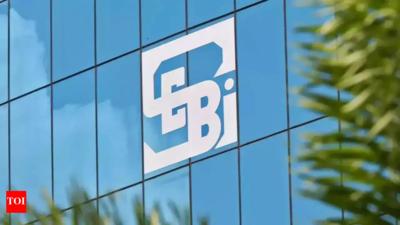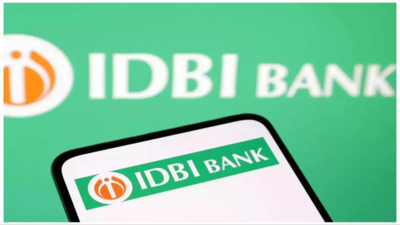Indian lenders account for 50% of Adani Group loans

MUMBAI: The Adani group’s dependence on Indian lenders has risen sharply. Domestic banks and financial institutions now account for half of its over Rs 2.6 lakh crore debt, up from 40% a year ago, helped by lower local funding costs after RBI rate cuts and narrower spreads following upgrades in credit ratings. The group’s overall debt has increased by 20% in the 12 months ended June 2025.By end-June 2025, rupee loans made up 50% of borrowings, matching the share of dollar debt. PSU banks increased their exposure to 18% of the total from 13% last year, while NBFCs and financial institutions held 25% up from 19% a year ago. Dollar bonds, once 31% of borrowings, slipped to 23% while the exposure to dollar loans from foreign banks dipped to 27% from 28%. Private banks maintained their share at 2% even as lending increased 20%.

In just two years, Indian banks’ exposure has risen by $15 billion (about Rs 1.3 lakh crore), cementing their role in the group’s financing. The group, in a presentation to investors, said that it has improved its ratings by steadying cash flows through long-term contracts in ports and power, while keeping leverage below industry averages. Cash reserves of Rs 60,000 crore, or a quarter of debt, provide a buffer. Recent transactions underline this tilt. Adani Airport raised $150 mn through a syndicated loan from Barclays, DBS, First Abu Dhabi Bank and MUFG, while Adani Ports borrowed $125 mn bilaterally from MUFG. Some of the airport unit’s loans from domestic lenders have also been refinanced.The turn to local funding has coincided with stronger earnings. In FY25, Adani posted record EBITDA of Rs 89,806 crore, up 8.2%, with profit after tax of Rs 40,565 crore. Capex rose to Rs 1.26 lakh crore, but liquidity and a net debt-to-EBITDA ratio of 2.6 kept leverage in check. With over 90% of earnings tied to AA-rated or higher assets, the group has secured lower funding costs and sustained access to both domestic and foreign capital.Internationally, Adani remains India’s largest issuer in offshore markets under the 144A/Reg S route, having raised $9 billion across maturities of up to 30 years. Over seven years it has refinanced $2.7 billion, aided by closer engagement with Moody’s, Fitch and S&P, which have upgraded some companies in recent months.The issuance programme, the biggest by an Indian borrower, has attracted over 200 global investors, led by Asia (34%), the US and Canada (31%) and the EU (24%).





